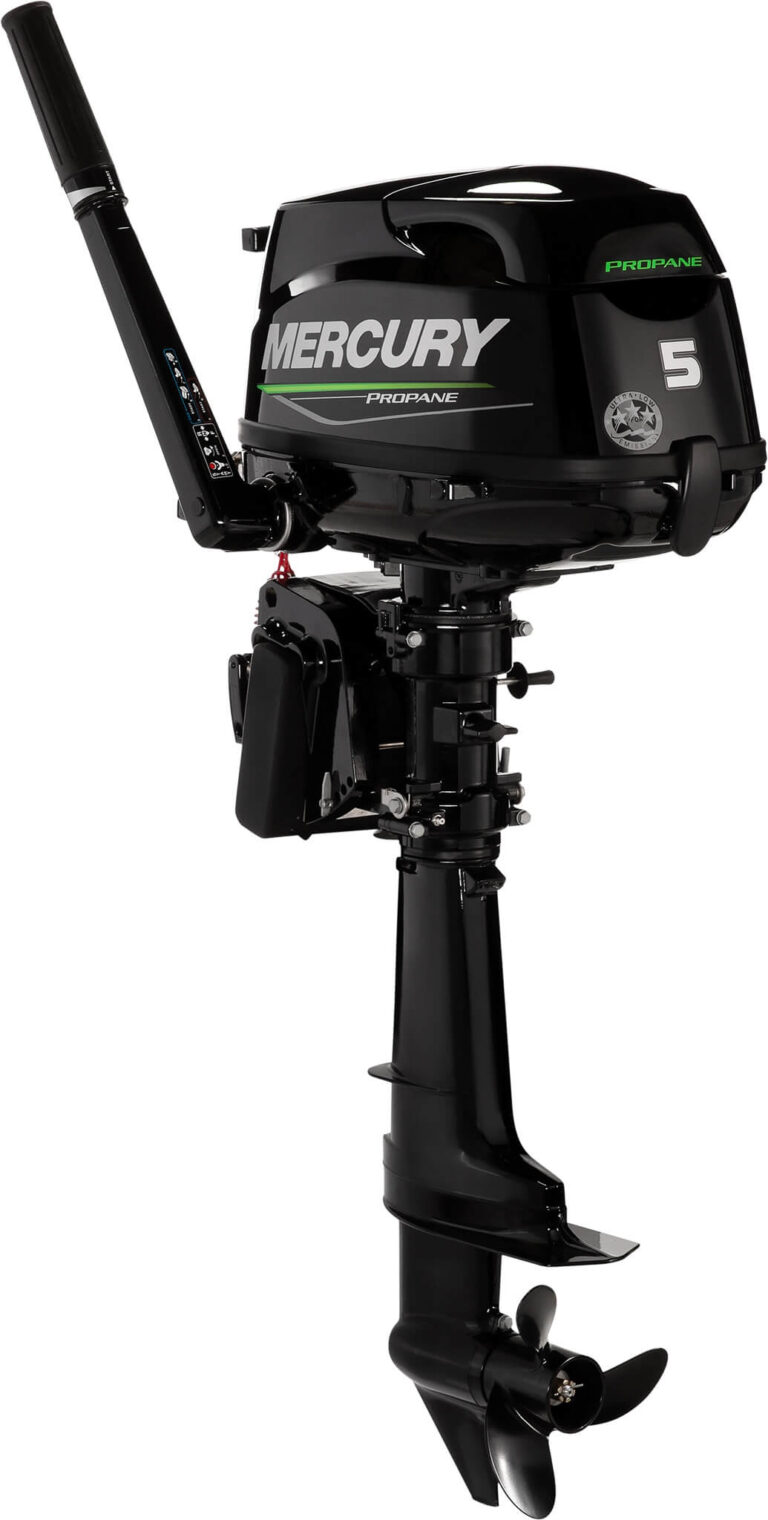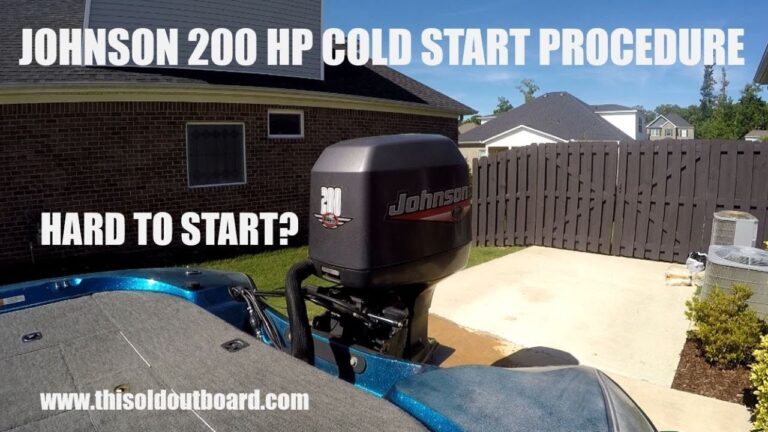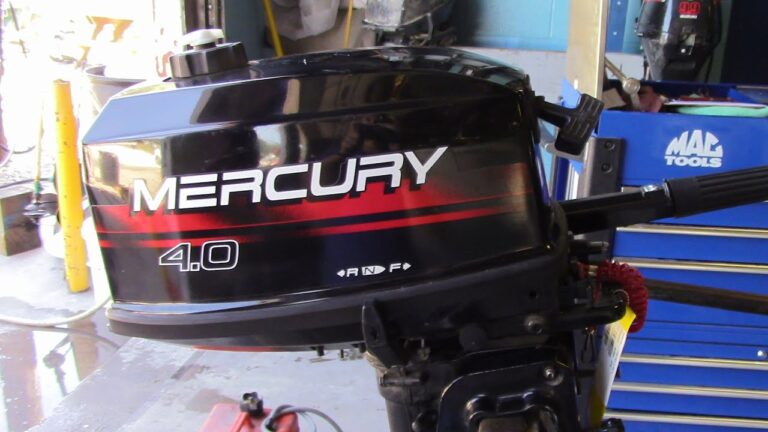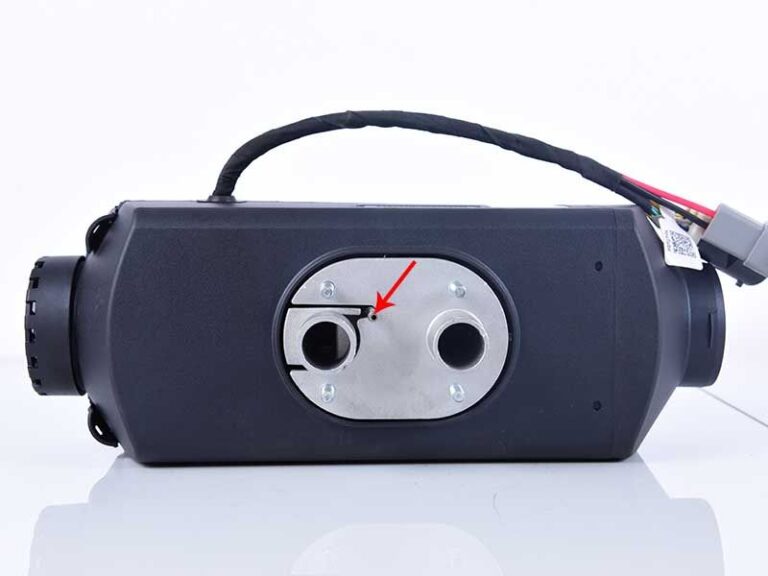Tackling Common Boat Engine Problems: A Guide
Tackling common boat engine problems is made easy with this comprehensive guide. Learn how to troubleshoot and fix issues with your boat engine to ensure smooth sailing on the water.
From diagnosing fuel problems to checking spark plugs and filters, this guide covers a range of common engine issues and provides step-by-step instructions on how to resolve them. Don’t let engine problems spoil your boating experience – arm yourself with the knowledge and skills to address these issues effectively.
By following this guide, you’ll be able to tackle common boat engine problems with confidence and get back on the water in no time.
Identifying And Resolving Spark Plug Issues
Discover how to identify and resolve spark plug issues in your boat’s engine with this helpful guide on tackling common boat engine problems. Learn essential troubleshooting techniques and step-by-step instructions to keep your boat running smoothly on the water.
Spark plug problems can cause significant issues for your boat engine, leading to decreased performance and even engine failure. It is important to be able to identify and resolve these issues promptly. In this section, we will explore the symptoms of a faulty spark plug, steps to test the spark plug, and how to replace a spark plug.
Symptoms Of A Faulty Spark Plug:
- Engine misfiring: If your boat engine is misfiring or running rough, it could be a sign of a faulty spark plug. Misfires can occur when the spark plug fails to ignite the air-fuel mixture properly.
- Decreased fuel efficiency: A worn or damaged spark plug can cause poor fuel combustion, leading to decreased fuel efficiency. If you notice a sudden drop in your boat’s fuel economy, it may be time to check the spark plugs.
- Hard starting: Difficulty starting your boat engine, especially when it’s cold, can be a symptom of spark plug issues. A faulty spark plug may not produce a strong enough spark to ignite the fuel consistently.
- Engine stalls: If your boat engine stalls or shuts off unexpectedly, it could be due to a faulty spark plug. An inconsistent spark can cause the engine to stall during operation.
Steps To Test The Spark Plug:
- Start by removing the spark plug wire using a spark plug wire puller or insulated pliers. Make sure to do this one at a time to avoid mixing up the wires.
- Inspect the spark plug for any signs of damage or wear. Look for corrosion, excessive carbon buildup, or worn electrodes. If you notice any of these issues, it’s likely time to replace the spark plug.
- Check the spark plug gap using a feeler gauge. The gap should be set according to the manufacturer’s specifications. If the gap is too narrow or too wide, it can affect the spark plug’s performance.
- Perform a spark plug test by grounding the spark plug to the engine block and cranking the engine. Observe the spark at the spark plug’s electrode. A strong, blue spark indicates a healthy spark plug, while a weak or no spark suggests a faulty plug.
How To Replace A Spark Plug:
- Start by disconnecting the spark plug wire from the old spark plug. Use a spark plug socket and extension to remove the spark plug from the engine cylinder.
- Inspect the new spark plug for any signs of damage and ensure that the electrode gap is set correctly.
- Apply a small amount of anti-seize compound to the spark plug threads to prevent seizing in the future.
- Carefully thread the new spark plug into the engine cylinder by hand, being careful not to cross-thread it. Once it’s hand-tight, use a torque wrench to tighten it to the manufacturer’s specified torque.
- Finally, reconnect the spark plug wire to the new spark plug.
By following these steps, you can effectively identify and resolve spark plug issues, ensuring optimal performance and reliability for your boat engine. Regularly inspecting and maintaining your spark plugs will help prevent costly repairs and keep your boat running smoothly on the water.
Troubleshooting Fuel System Problems
If you’re struggling with fuel system problems in your boat engine, this comprehensive guide offers troubleshooting tips to help you tackle common issues. From testing the spark plug to checking fuel filters and draining the carb, these steps will help you get your boat engine running smoothly again.
Common Fuel System Issues In Boat Engines:
Boat engines rely heavily on their fuel systems to operate smoothly. However, like any mechanical component, fuel systems can encounter problems from time to time. Here are some common fuel system issues that boat owners often face:
- Clogged fuel lines: Over time, sediment and debris can accumulate in the fuel lines, leading to blockages. This can result in a restricted fuel flow and cause the engine to stall or run poorly.
- Dirty fuel filters: Fuel filters are designed to catch impurities before they reach the engine. However, if the filters become clogged or dirty, they can restrict the fuel supply and affect engine performance.
- Fuel pump failure: The fuel pump is responsible for delivering fuel from the tank to the engine. If the pump fails, the engine may not receive enough fuel, causing it to sputter or refuse to start.
Checking The Fuel Supply And Filters:
To troubleshoot fuel system problems in your boat engine, it’s important to start by checking the fuel supply and filters. Here’s what you can do:
- Inspect the fuel tank: Ensure that the fuel tank has an adequate amount of fuel. If the tank is low, fill it up before proceeding.
- Check the fuel lines: Examine the fuel lines for any signs of damage, such as cracks or leaks. Replace any damaged lines.
- Clean or replace the fuel filters: If the filters appear dirty or clogged, clean them thoroughly or replace them with new ones. This will help ensure a proper fuel flow to the engine.
- Check the fuel pump: Inspect the fuel pump for any visible signs of damage or wear. If necessary, consult your boat’s manual for instructions on how to test and maintain the fuel pump.
Regularly inspecting and maintaining the fuel supply and filters can help prevent fuel system issues from arising and keep your boat engine running smoothly.
Fuel Pump Inspection And Maintenance:
The fuel pump plays a crucial role in the proper functioning of your boat engine’s fuel system. Here are some tips for inspecting and maintaining the fuel pump:
- Visual inspection: Begin by visually inspecting the fuel pump for any signs of damage, such as cracks or leaks. Pay close attention to the pump housing and connections.
- Test the fuel pump: Consult your boat’s manual for instructions on how to test the fuel pump. This may involve using a pressure gauge or performing a flow test to ensure that the pump is delivering fuel properly.
- Clean or replace filters: Some fuel pumps have built-in filters that may become clogged over time. If applicable, clean or replace these filters to ensure optimal fuel flow.
- Regular maintenance: Follow the manufacturer’s recommendations for regular maintenance of the fuel pump. This may include cleaning or replacing any necessary parts, such as gaskets or seals.
By regularly inspecting and maintaining the fuel pump, you can help extend its lifespan and minimize the risk of fuel system problems in your boat engine.
Remember, properly troubleshooting and maintaining your boat engine’s fuel system is essential for optimal performance and reliability on the water. By addressing common fuel system issues, checking the fuel supply and filters, and maintaining the fuel pump, you can ensure that your boat engine runs smoothly and efficiently.
Dealing With Electrical System Failures
Discover effective strategies for tackling common boat engine problems, including dealing with electrical system failures. Learn how to troubleshoot and fix issues with your boat’s electrical system to ensure smooth operation on the water.
Signs Of Electrical System Malfunctions:
- Dim or flickering lights: If you notice that the lights on your boat are dimming or flickering, it could be a sign of an electrical system malfunction.
- Dead battery: If your battery is dead and your boat won’t start, it could be due to an issue with the electrical system.
- Unresponsive electronics: If your GPS, radio, or other electronics on your boat are not working properly or are unresponsive, it could indicate an electrical problem.
Testing The Battery Voltage:
- Use a multimeter: To test the voltage of your boat’s battery, you can use a multimeter. Set the multimeter to DC voltage and connect the positive lead to the positive terminal of the battery and the negative lead to the negative terminal.
- Read the voltage: The multimeter will display the battery’s voltage. A fully charged battery should read around 12.6 volts. If it reads significantly lower, it could indicate a problem with the battery or charging system.
Checking Wiring Connections And Loose Wires:
- Inspect connections: Carefully inspect the wiring connections on your boat’s electrical system. Look for loose, corroded, or damaged connections.
- Tighten connections: If you find any loose connections, use a wrench or pliers to tighten them. Ensure that all connections are secure and free from corrosion.
- Replace damaged wires: If you notice any damaged or frayed wires, they should be replaced to prevent electrical issues.
Remember, regular maintenance and inspections of your boat’s electrical system can help prevent major problems. If you are unsure about how to perform any tests or repairs, it is always recommended to consult a professional boat mechanic to ensure the safety of you and your vessel.
Addressing Common Outboard Motor Problems
Discover effective strategies for addressing common outboard motor problems in this comprehensive guide to tackling common boat engine issues. Learn how to troubleshoot your marine diesel fuel system, test the spark plug, check the fuel, inspect the fuel filter, drain the carb, flush the engine, and more.
Keep your boat engine running smoothly with these expert tips and techniques.
Outboard motors are essential components of boats, providing the power needed to navigate through water. However, like any mechanical device, outboard motors can experience problems from time to time. In this section, we will discuss some of the most frequent outboard motor issues and provide troubleshooting tips to get you back on the water.
Most Frequent Outboard Motor Issues:
- Engine fails to start: One of the most common problems boat owners face is an outboard motor that refuses to start. This can be caused by a variety of factors such as a dead battery, fuel flow issues, or ignition problems.
- Overheating: Another common issue is the motor overheating. This can be due to a clogged water intake, a malfunctioning water pump, or low coolant levels.
- Poor performance: If your boat’s speed or acceleration is not up to par, it could indicate issues with the propeller, fuel injectors, or fuel filter.
- Stalling or rough idling: An outboard motor that stalls or idles roughly can be caused by carburetor problems, improper fuel mixture, or dirty spark plugs.
Troubleshooting Starting Problems:
- Check the battery: Start by ensuring that the battery is properly charged and connected. If the battery is dead, try jump-starting it or replacing it if necessary.
- Inspect the fuel system: Check that there is enough fuel in the tank and that the fuel line is not clogged or blocked. Additionally, inspect the fuel filter for any signs of debris or clogging.
- Verify the ignition system: Test the spark plugs and ignition coils to ensure they are functioning correctly. If any issues are identified, replace the faulty components.
- Consult the owner’s manual: Each outboard motor can have specific troubleshooting steps provided by the manufacturer. Refer to the owner’s manual for additional guidance.
Maintenance Tips For Outboard Motors:
- Regularly inspect and clean the motor: Perform visual checks for any signs of damage or wear. Clean the motor regularly to remove dirt, debris, and saltwater residue.
- Change the oil and filters: Follow the maintenance schedule outlined in the owner’s manual for oil and filter changes. Clean oil and filters help ensure proper engine performance.
- Flush the motor: After each use, flush the motor with freshwater to remove any saltwater or debris that may have entered the cooling system.
- Use fuel stabilizers: Add a fuel stabilizer to the fuel tank to prevent fuel degradation and ensure a smooth running engine.
- Schedule professional servicing: Regularly take your boat to a qualified marine technician for professional servicing and tune-ups.
By addressing these common outboard motor problems and following proper maintenance practices, you can keep your boat’s engine in optimal condition and ensure smooth and trouble-free adventures on the water.
Resolving Overheating And Cooling System Problems
If you’re dealing with overheating and cooling system problems in your boat engine, our guide on resolving common issues can help. From troubleshooting fuel systems to checking spark plugs and filters, we offer tips to keep your engine running smoothly on the water.
Recognizing Engine Overheating Symptoms:
- The temperature gauge on the boat’s dashboard shows a higher-than-normal reading.
- Steam or smoke is coming from the engine.
- The engine starts to make strange noises or emits an unpleasant odor.
- Decreased performance and power from the engine.
- Water is boiling or overflowing from the cooling system.
Inspecting The Thermostat And Cooling System:
- Check the thermostat for any signs of wear or damage.
- Ensure that the thermostat is opening and closing properly.
- Inspect the cooling system hoses for any leaks or cracks.
- Clean or replace the water pump impeller if necessary.
- Verify that the cooling system components are properly connected and secured.
Flushing The Engine And Conducting Regular Maintenance:
- Flush the engine cooling system with fresh water to remove debris and impurities.
- Use a mixture of water and a suitable engine flush solution for a more thorough cleaning.
- Regularly inspect and replace the coolant as recommended by the manufacturer.
- Clean the heat exchanger and radiator to prevent clogs and improve cooling efficiency.
- Keep the engine’s cooling system well-maintained by following the manufacturer’s guidelines for maintenance intervals.
Remember, regularly monitoring and maintaining your boat’s cooling system is vital to prevent engine overheating and potential damage. By recognizing the symptoms, inspecting the thermostat and cooling system, and conducting regular maintenance, you can ensure smooth and trouble-free boating experiences.
Solving Engine Starting Difficulties
Learn effective strategies for tackling common boat engine problems, including solving engine starting difficulties. Discover step-by-step guides to troubleshoot and fix issues with your boat’s engine, ensuring smooth sailing on the water.
When you’re ready to hit the open waters, the last thing you want is engine starting difficulties putting a damper on your plans. To ensure a smooth sailing experience, it’s important to be equipped with the knowledge to diagnose and fix any ignition problems that may arise.
In this section, we’ll explore the possible reasons for engine starting issues and provide you with step-by-step instructions to troubleshoot and resolve them. Let’s dive in!
Possible Reasons For Engine Starting Issues:
- Insufficient fuel: Ensure that your boat has enough fuel in the tank to start the engine. Low fuel levels can prevent the engine from starting.
- Faulty spark plugs: Worn-out or damaged spark plugs can hinder the ignition process. Check the condition of the spark plugs and replace them if necessary.
- Clogged fuel filters: Over time, fuel filters can become clogged with impurities, restricting the flow of fuel to the engine. Clean or replace the fuel filters to resolve starting problems.
- Flooded engine: Excessive priming or repeated attempts to start the engine can flood it with too much fuel. Follow the manufacturer’s instructions to clear a flooded engine and try starting again.
Steps To Diagnose And Fix Ignition Problems:
- Inspect the spark plugs: Remove the spark plugs and examine their condition. Look for signs of wear, damage, or fouling. Clean or replace the spark plugs as needed.
- Check the ignition system: Inspect the ignition system components, including the ignition coil, distributor cap, and ignition wires. Look for any signs of damage or malfunction. Replace any faulty components.
- Test the fuel system: Ensure that fuel is reaching the engine by checking the fuel pump and fuel lines. Look for any leaks or blockages. Clean or replace any clogged fuel filters.
- Verify the battery: Check the battery voltage using a multimeter. If the battery voltage is low, recharge or replace the battery. Make sure the battery connections are clean and tight.
- Examine the starter motor: Inspect the starter motor for any signs of damage or wear. Check the wiring connections and ensure they are secure. Replace the starter motor if necessary.
Troubleshooting The Alternator And Battery:
- Check the alternator: Test the alternator’s output voltage using a multimeter. If the voltage is lower than the recommended range, the alternator may need to be repaired or replaced.
- Inspect the battery: Examine the battery for any signs of damage or leakage. Check the battery terminals for corrosion and clean them if necessary. If the battery is old or weak, consider replacing it.
By following these steps, you can diagnose and fix ignition problems that may cause engine starting difficulties. Remember to consult your boat’s manual or seek professional assistance if you encounter any complex issues. Now, you can set sail with confidence, knowing that you’re well-prepared to tackle any engine starting challenges that come your way.
Handling Marine Diesel Engine Problems
Facing issues with your marine diesel engine? This comprehensive guide provides practical tips and solutions to tackle common boat engine problems. Learn how to troubleshoot and fix issues, ensuring your boat runs smoothly on the water.
Marine diesel engines have their fair share of common problems that boat owners may encounter. Here, we will discuss the most frequent issues with marine diesel engines and provide tips on how to handle them effectively.
Common Problems With Marine Diesel Engines:
- Hard starting: If your marine diesel engine is having difficulty starting, it could be due to several factors, including air in the fuel lines, a faulty fuel pump, or a weak battery. Addressing these issues will help improve starting performance.
- Overheating: Overheating can be caused by a variety of issues, such as a clogged coolant system, worn-out impellers, or a malfunctioning thermostat. Regularly inspecting and maintaining these components will prevent overheating and potential engine damage.
- Lack of power: If your marine diesel engine is lacking power, it may be experiencing fuel delivery problems. This can be due to issues with the fuel injectors, a dirty fuel filter, or a clogged fuel line. Ensuring proper fuel system maintenance will help restore engine power.
- Black smoke: Black smoke emitted from the exhaust indicates an incomplete combustion process. Possible causes include dirty air filters, worn-out injectors, or incorrect fuel-air mixtures. Regularly cleaning or replacing air filters and performing injector maintenance will help reduce black smoke emissions.
- Excessive vibration: Excessive vibration can be caused by misaligned or damaged engine mounts, bent propeller shafts, or unbalanced propellers. Periodic inspection and maintenance of these components will help minimize vibration and ensure smooth engine operation.
Testing Battery Voltage And Starter Motor:
To address issues related to hard starting in marine diesel engines, it is essential to test the battery voltage and starter motor. Follow these steps:
- Check the battery voltage using a voltmeter to ensure it has enough power for starting the engine.
- If the battery voltage is low, recharge or replace the battery as needed.
- Inspect the starter motor for signs of damage or wear. Check the connections and wiring for any loose or corroded parts.
- Clean the terminals and connections to ensure a good electrical connection.
- If the starter motor is faulty, it may need to be repaired or replaced. Consult a professional if necessary.
Inspecting And Repairing Fuel System Components:
Regular inspection and maintenance of the fuel system components are crucial for the proper functioning of marine diesel engines. Follow these steps:
- Inspect the fuel filters for any signs of clogging or dirt. Replace them if necessary.
- Check the fuel lines for leaks or cracks. Repair or replace them if needed.
- Examine the fuel injectors for any buildup or malfunctions. Clean or replace them as required.
- Ensure proper fuel quality and use additives if recommended by the manufacturer.
- Pay attention to the fuel pump and fuel tanks for any signs of damage or contamination. Repair or replace them if necessary.
- Regularly drain and clean the fuel tank to remove any sediment or impurities.
By following these steps and performing regular maintenance on the battery, starter motor, and fuel system, you can effectively handle common marine diesel engine problems and ensure smooth and reliable boat operation.
Preventive Maintenance For Boat Engines
Looking to tackle common boat engine problems? This comprehensive guide will provide you with preventive maintenance tips to keep your boat engine running smoothly and avoid issues like starting problems and loss of power. From checking spark plugs to inspecting fuel filters, we’ve got you covered.
Boat engines are the heart of any watercraft, and keeping them in excellent condition is crucial for a smooth sailing experience. Preventive maintenance plays a crucial role in ensuring the longevity and performance of your boat engine. By following a few routine maintenance tips and adopting a proper end-of-season checklist and storage process, you can keep common boat engine problems at bay.
Let’s dive into these essential maintenance practices:
End Of The Season Checklist:
Keeping a thorough end-of-season checklist allows you to address any potential issues before storing your boat for the winter. Here are some essential tasks to include in your checklist:
- Flush the engine with freshwater to remove any salt or debris.
- Change the engine oil and filter to prevent contaminants from damaging the engine.
- Inspect and clean the spark plugs for efficient combustion.
- Check and replace the fuel filters to maintain fuel flow.
- Drain and replace the coolant to prevent freezing during winter.
- Test the battery and, if needed, charge it to ensure it stays in good condition.
- Grease all the fittings and lubricate moving parts to prevent corrosion and friction.
- Inspect the belts, hoses, and electrical connections for any signs of wear and tear.
Proper Storage And Winterization:
Properly storing your boat during the winter months is essential for its long-term health and performance. Below are some tips for effective boat storage and winterization:
- Choose a secure and sheltered storage location to protect your boat from adverse weather conditions.
- Clean the boat thoroughly to remove any dirt, algae, or salt accumulation.
- Disconnect the batteries and store them in a safe, dry place.
- Drain the fuel system or add a fuel stabilizer to prevent fuel degradation.
- Remove any perishable items or valuables from the boat to avoid damage or theft.
- Cover the boat with a high-quality boat cover to protect it from dust and moisture.
Routine Maintenance Tips For Long-Lasting Performance:
In addition to end-of-season checklists and proper storage, routine maintenance is crucial for the long-lasting performance of your boat engine. Consider the following tips:
- Regularly inspect the engine for oil leaks, loose connections, or unusual noises.
- Change the engine oil and filter at recommended intervals to maintain proper lubrication.
- Monitor the coolant levels and top up if necessary to prevent overheating.
- Check and clean the propeller for any debris or damage.
- Keep the fuel system clean by using high-quality fuel and additives.
- Regularly check the battery and charging system to ensure reliable starting.
- Inspect the belts, hoses, and clamps for any signs of wear and tear.
- Follow the manufacturer’s recommended maintenance schedule for parts replacement.
By following these preventive maintenance practices, you can ensure that your boat engine remains in top-notch condition for years to come. Regularly inspecting and addressing any issues promptly will help you avoid more significant problems down the line and allow you to enjoy smooth and worry-free boating adventures.
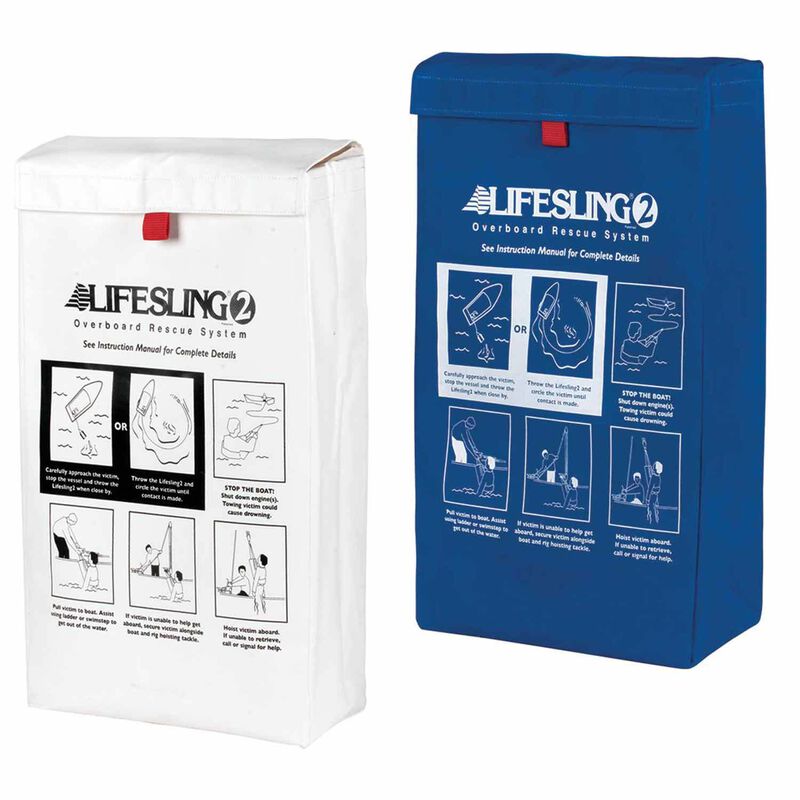
Credit: www.westmarine.com
Frequently Asked Questions For Tackling Common Boat Engine Problems: A Guide
Why Does My Boat Motor Sputter At Full Throttle?
A boat motor may sputter at full throttle due to filter problems or fouled plugs.
What Is The Life Expectancy Of A Boat Engine?
The life expectancy of a boat engine can vary depending on factors such as maintenance, usage, and the type of engine. However, with proper care and regular maintenance, a boat engine can typically last for several years.
Why Do Boat Motors Fail So Often?
Boat motors often fail due to filter problems or fouled plugs, causing sputtering and loss of power.
How Many Hours On A Boat Engine Is Good?
A good number of hours on a boat engine varies, but regular maintenance is crucial for longevity.
Conclusion
Boat engine problems can be frustrating, but with the right troubleshooting techniques, you can overcome them and get back on the water in no time. By following the steps outlined in this guide, you’ll be equipped to handle common issues such as engine starting problems, fuel system malfunctions, and electrical failures.
Regular maintenance, including checking spark plugs, inspecting fuel filters, and draining the carburetor, can help prevent these problems from occurring in the first place. Additionally, proper storage and end-of-season checklists ensure your engine stays in top condition for years to come.
Remember, it’s essential to address these problems promptly to avoid further damage and costly repairs. With the knowledge gained from this guide, you can tackle boat engine problems confidently and enjoy uninterrupted boating adventures.





